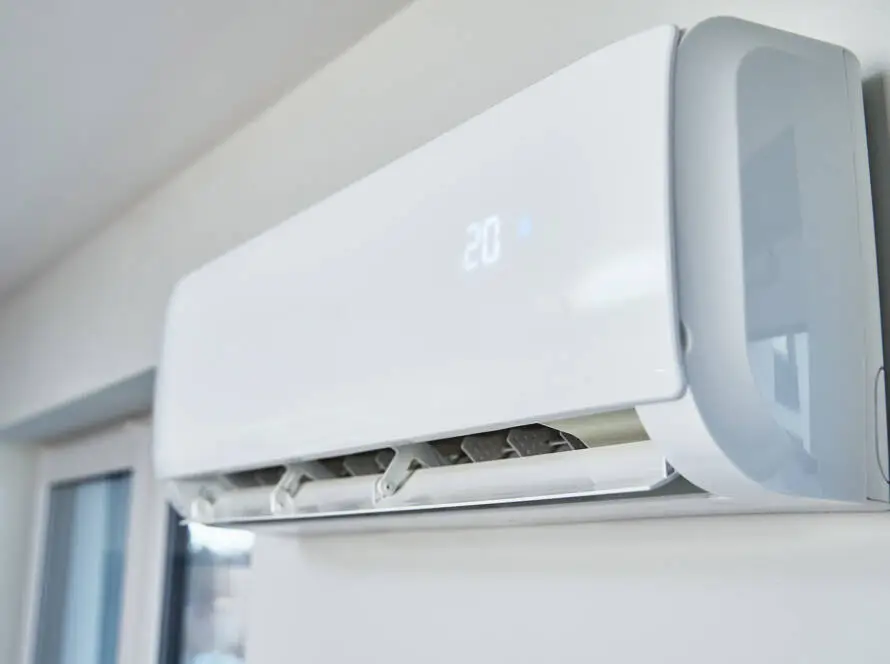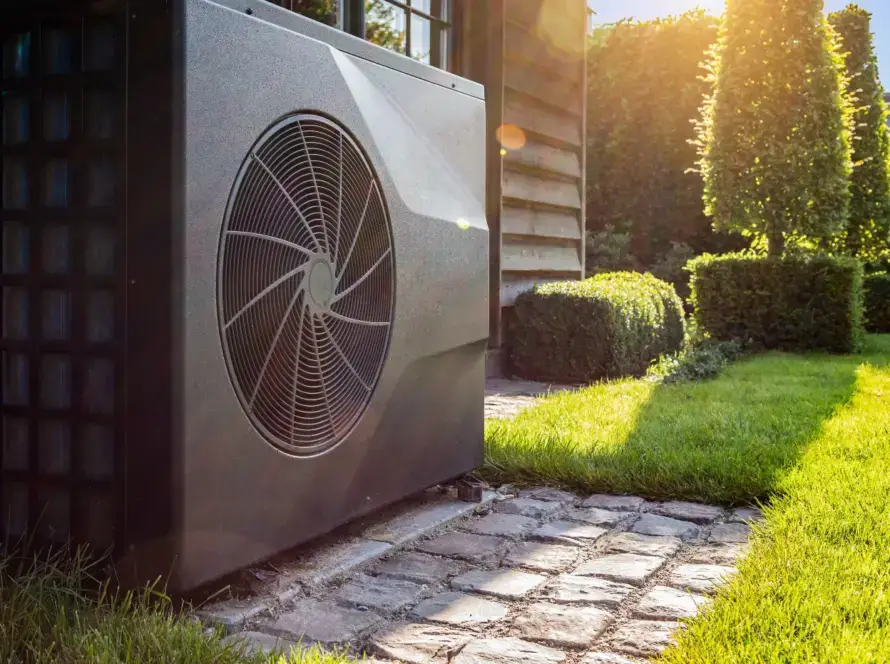If you’ve recently installed a heat pump or are considering one, you’ve probably heard a lot about its benefits: energy efficiency, cost savings, and environmental friendliness. However, one critical aspect that often gets overlooked is the duct pressure, also known as static pressure, within your home’s HVAC system. Properly managing this can make a significant difference in the efficiency and effectiveness of your heat pump. In this post, we’ll break down what duct pressure is, why it matters, and how our team at Shoreline Building Performance suggest managing it for optimal performance.
What is duct pressure?
To put it simply, static pressure or duct pressure refers to the force exerted by air as it moves through your home’s ductwork. Think of it like water flowing through a hose: if the hose is too narrow or kinked, the water has to work harder to get through. Similarly, if your ducts are too small, dirty, or obstructed, your heat pump has to work harder to push air through them. This extra effort can lead to decreased efficiency, higher energy bills, and even premature wear and tear on your system.
Why duct pressure matters
Efficiency and Comfort
The efficiency of your heat pump is directly linked to the airflow in your duct system. When the ducts are properly sized and maintained, air flows smoothly, allowing your heat pump to operate at its best. This means your home stays comfortable, your energy use associated with powering the fan is minimized, and your heat pump lasts longer. On the other hand, high static pressure (too much resistance in the ducts) can lead to:
- Reduced Efficiency: Your heat pump has to work harder, using more energy to move the same amount of air.
- Inconsistent Temperatures: Rooms far from the heat pump might not get enough air, leading to hot and cold spots.
- Increased Wear and Tear: The extra strain on your system can lead to more frequent breakdowns and a shorter lifespan.
System Health
High static pressure can also cause damage over time. Just like how a person can get tired out from constant exertion, your heat pump can wear out faster if it’s constantly pushing against high pressure. This can result in more frequent repairs and even the need for an early replacement, which can be costly.
Steps to avoid potential duct pressure issues?
Start with sizing
Properly sizing your new heat pump to your home’s heating and cooling needs is an essential part of managing problems with duct pressure. Oversizing equipment has a range of downsides, but in the context of duct pressure, may result in more air being moved through the ducts than is actually required, resulting in higher pressure. A proper load calculation involves measuring the geometry of the home include all the windows, doors and insulation levels.
Get your existing ductwork tested
Using a few tools such as an airflow grid and manometer, an HVAC professional can quickly and accurately determine not only the duct pressure in your current system, but also calculate what the duct pressure will be associated with various HVAC replacement options. At Shoreline Building Performance, we offer duct testing with every install, allowing you as the homeowner to make the best decision possible for your HVAC replacement.
Keep up on filter changes
One of the most common restrictions in your HVAC system is a dirty and/or undersized filter. Proper filter placement and design can have a significant impact on the long term efficiency and lifespan of equipment. Keeping up on filter changes throughout the lifecycle of your equipment ensures your HVAC system continues to work as designed.
Managing Your Pressure
Managing duct pressure is essential for heat pump efficiency. By following expert advice and taking proactive steps, homeowners can ensure their heat pump operates efficiently, leading to lower energy bills, increased comfort, and a longer-lasting system.



